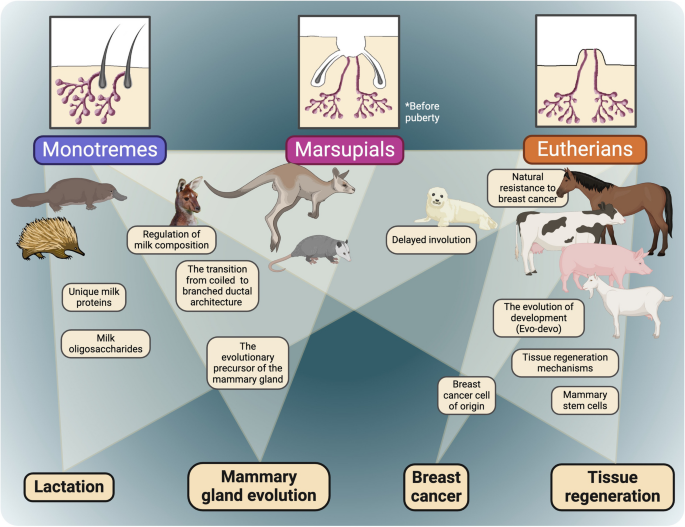2024-08-19 パシフィック・ノースウェスト国立研究所(PNNL)
<関連情報>
- https://www.pnnl.gov/publications/understanding-metabolism-wood-smoke-pollutants-implications-early-life-exposure-pahs
- https://pubs.acs.org/doi/10.1021/acs.chemrestox.3c00424
シトクロムP450酵素と2種類の多環芳香族炭化水素(PAHs)の早期代謝との関係を調べるための活性ベースのタンパク質プロファイリング: フェナントレンとレテン Activity-Based Protein Profiling to Probe Relationships between Cytochrome P450 Enzymes and Early-Age Metabolism of Two Polycyclic Aromatic Hydrocarbons (PAHs): Phenanthrene and Retene
Kari A. Gaither,Whitney L. Garcia,Kimberly J. Tyrrell,Aaron T. Wright,Jordan N. Smith
Chemical Research in Toxicology Published: April 11, 2024
DOI:https://doi.org/10.1021/acs.chemrestox.3c00424
Abstract

A growing body of literature has linked early-life exposures to polycyclic aromatic hydrocarbons (PAH) with adverse neurodevelopmental effects. Once in the body, metabolism serves as a powerful mediator of PAH toxicity by bioactivating and detoxifying PAH metabolites. Since enzyme expression and activity vary considerably throughout human development, we evaluated infant metabolism of PAHs as a potential contributing factor to PAH susceptibility. We measured and compared rates of phenanthrene and retene (two primary PAH constituents of woodsmoke) metabolism in human hepatic microsomes from individuals ≤21 months of age to a pooled sample (n = 200) consisting primarily of adults. We used activity-based protein profiling (ABPP) to characterize cytochrome P450 enzymes (CYPs) in the same hepatic microsome samples. Once incubated in microsomes, phenanthrene demonstrated rapid depletion. Best-fit models for phenanthrene metabolism demonstrated either 1 or 2 phases, depending on the sample, indicating that multiple enzymes could metabolize phenanthrene. We observed no statistically significant differences in phenanthrene metabolism as a function of age, although samples from the youngest individuals had the slowest phenanthrene metabolism rates. We observed slower rates of retene metabolism compared with phenanthrene also in multiple phases. Rates of retene metabolism increased in an age-dependent manner until adult (pooled) metabolism rates were achieved at ∼12 months. ABPP identified 28 unique CYPs among all samples, and we observed lower amounts of active CYPs in individuals ≤21 months of age compared to the pooled sample. Phenanthrene metabolism correlated to CYPs 1A1, 1A2, 2C8, 4A22, 3A4, and 3A43 and retene metabolism correlated to CYPs 1A1, 1A2, and 2C8 measured by ABPP and vendor-supplied substrate marker activities. These results will aid efforts to determine human health risk and susceptibility to PAHs exposure during early life.


